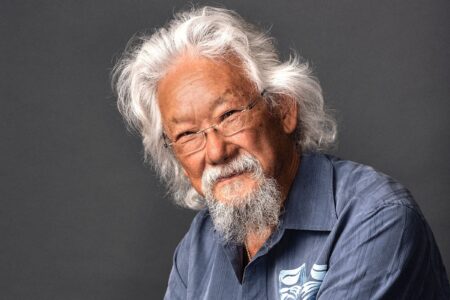In the News: Could stem cells save endangered species?
By Liz Shaw, ARKive.org
Stems cells are cells that are capable of developing into different kinds of specialised cells, such as blood, nerve or muscle cells. They can also divide indefinitely to give rise to more stem cells.
A new study, published in Nature Methods, reports that two highly endangered species, the northern white rhinoceros and the drill, have become the first endangered animals to have their cells transformed into stems cells.
As fertilised embryos of these species could not be sacrificed to obtain stem cells, they were instead made by “re-programming” frozen skin cells. This brought the cells back to an earlier stage of their development, from which they can be induced to form various specialised cells.
Initially, the applications of this research could be medicinal. For example, if an animal is suffering with a degenerative disease such as diabetes, stem cells could be used to create replacements for the cells that have stopped working. This approach is already being investigated in humans.
However, the stem cells could also potentially be used to make eggs and sperm, which could be used in captive breeding programmes for these and other endangered species.
“Making gametes from stem cells is not routine yet, but there are some reports of it being done with laboratory animals,” said Dr Jeanne Loring, one of the researchers.
Although other scientists are looking into cloning endangered species, the research team believe that creating new embryos would be even better.
According to Dr Loring, “Cloning has not worked well for endangered species — the frequency of success is very low… here, you have the possibility to make new genetic combinations rather than cloning which simply reproduces existing animals.”
“Last-ditch effort”
Other scientists are more sceptical about whether this approach will save many threatened species, particularly those already on the brink of extinction.
William Holt, a reproductive biologist at the Zoological Society of London, is involved in a collaboration called the ‘Frozen Ark’, which collects DNA and cells from endangered animals.
He said, “Scientists know little about the reproductive biology of these animals, which is needed to support assisted reproduction programmes, and, with so few individuals remaining, there is little opportunity to learn more.”
Robert Lacy, a conservation scientist at the Chicago Zoological Society and chairman of the Conservation Breeding Specialist Group, said that the technique could one day help to bring species back from the brink of extinction, although more work needs to be done.
“The prospects for using these techniques for continuing the genetic lineages of the last few individuals of a species will be a last-ditch effort, after we have failed to protect the species in earlier, simpler, cheaper, and more effective ways,” he said.
Time running out for rhinos
Sadly, time may be running out to save animals such as the northern white rhino, a subspecies of the white rhinoceros which may be down to just four individuals in the wild.
Recent surveys have failed to find even these few remaining individuals, meaning that the seven living in captivity may be the last in existence.
Although not as endangered as the rhino, the drill, a large West African monkey, is declining due to hunting and habitat loss.
Dr Loring concedes that much work still needs to be done before stem cells can be used to save these species, but she dismissed the notion that they are a gimmick. Even if the methods have yet to be perfected, the cells offer a way of preserving the genetic diversity of individual animals long after they have died.
The team’s immediate aim is to replicate their rhino work with ten other endangered animals.
- Read more on this story at BBC News and Nature News.
- View photos and videos of the white rhinoceros on ARKive.
Liz Shaw, ARKive Species Text Author
- Original article can be found here: http://blog.arkive.org/2011/09/could-stem-cells-save-endangered-species/
























